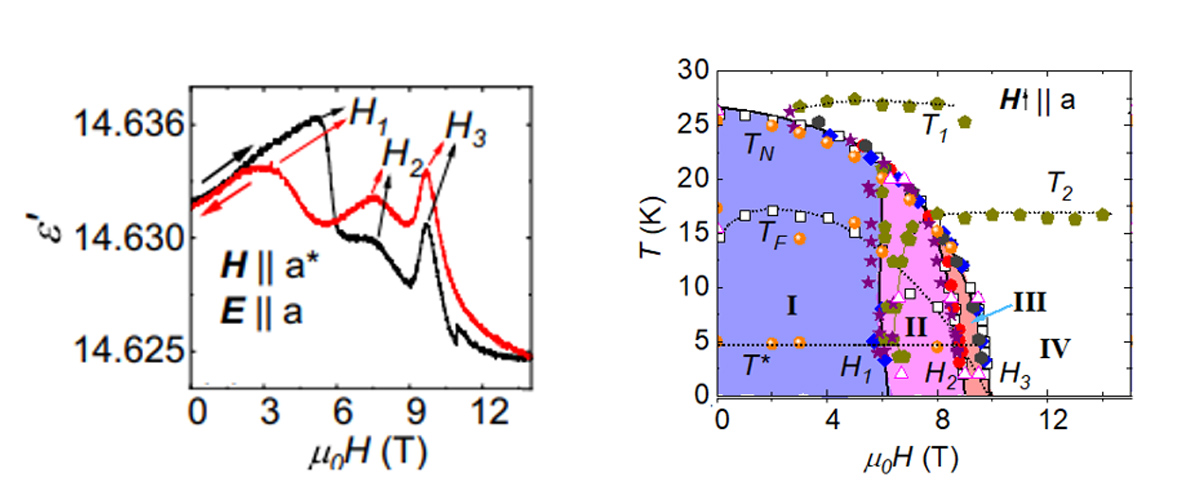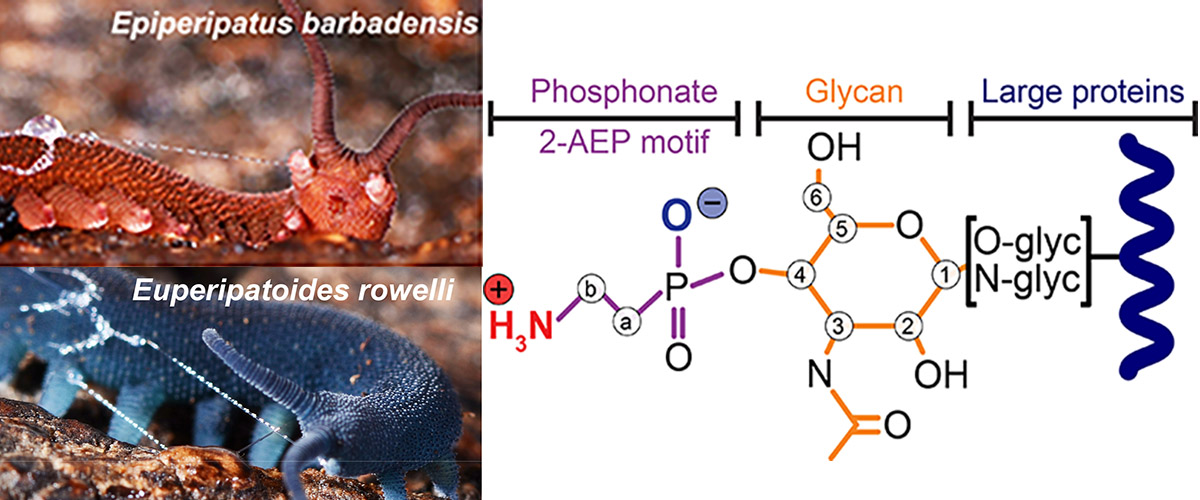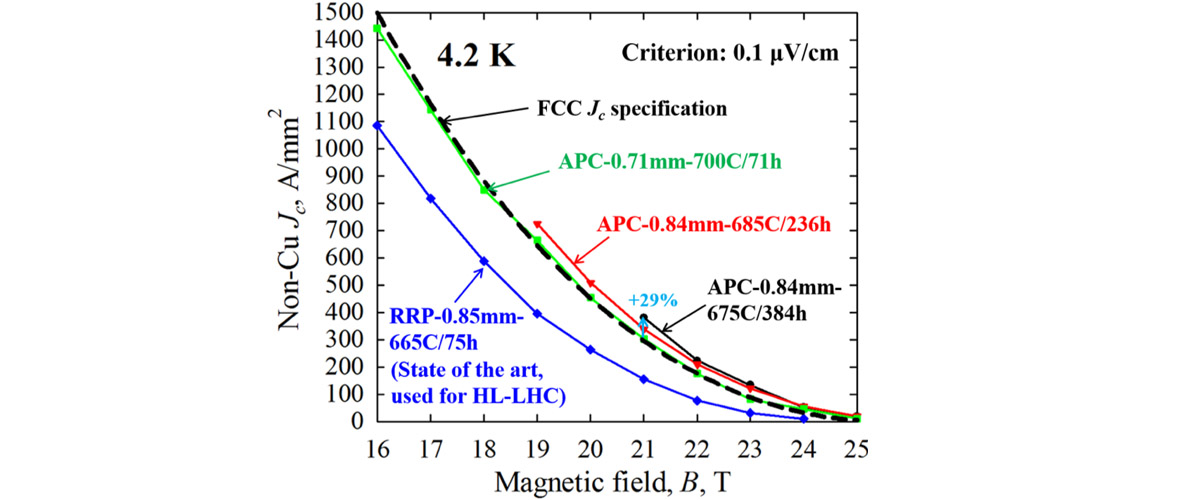What did scientists discover?
MagLab users mapped out the regions in temperature and magnetic field in which different spin patterns form in Na2Co2TeO6. This compound is a candidate for spin liquid behavior that is expected to be manifested by the cobalt spins. A wide range of measurements in magnetic fields nailed down the different phases and the region of phase space that might be the sought-after spin liquid state.
Why is this important?
Spin liquids are magnets in which the individual spins on each atom do not freeze into static patterns, but instead form a quantum fluctuating state, known as a quantum spin liquid. These spin liquids may show excitations, called ‘quasiparticles’, that are patterns of spins that may be suitable for the storage and manipulation of quantum information. If so, they may offer advantages over other approaches to quantum computing. However, finding and identifying spin liquid states remains a grand challenge.
Who did the research?
Shengzhi Zhang1, Sangyun Lee1, Andrew J. Woods2, William K. Peria1, Sean M. Thomas2, Roman Movshovich2, Eric Brosha2, Qing Huang3, Haidong Zhou3, Vivien S. Zapf1, and Minseong Lee1
1National MagLab and Los Alamos National Lab 2Los Alamos National Lab 3University of Tennessee, Knoxville
Why did they need the MagLab?
Perhaps counterintuitively, the short duration of pulsed magnetic fields can be a critically important enabler to realize highly sensitive measurements. Electric polarization can be measured with higher sensitivity in rapidly changing fields, which enables symmetries of the magnetic order to be probed. Magnetocaloric measurements, valuable for detecting phase transitions by measuring changes in magnetic entropy, are also improved by rapidly changing magnetic fields. This experiment is an example where the material did not demand high magnetic fields. Instead, this experiment required unique MagLab techniques that use pulsed magnetic fields in order to achieve sufficiently high sensitivity to map the many phase transitions in the complex phase diagram of this candidate quantum spin liquid material.
Details for scientists
- View or download the expert-level Science Highlight, Potential Spin Liquid System Explored with Pulsed Magnetic Fields
- Read the full-length publication, Electronic and magnetic phase diagrams of the Kitaev quantum spin liquid candidate Na2Co2TeO6, in Physical Review B
Funding
This research was funded by the following grants: G.S. Boebinger (NSF DMR-2128556); US DOE Quantum Science Center; LANL LDRD; H. D. Zhou (NSF DMR-2003117); W.K.Peria (Seaborg)
For more information, contact Vivien Zapf.





![(Left) 125Te spectral line and effective gamma with respect to magnetic field. Black circles are from the 36T Series Connected Hybrid while the pink diamonds are from the new HTS 32T magnet. (Right) Phase diagram for H//c highlighting the possible spin-nematic state. [PRB 94 064403 2016] Solid circles are from magnetostriction. Open circles from magnetostriction and thermal expansion. Open triangles from magnetization.](/media/z0nigcdk/jan2021_dc_field_probing_spin_nematic_state.jpg)
